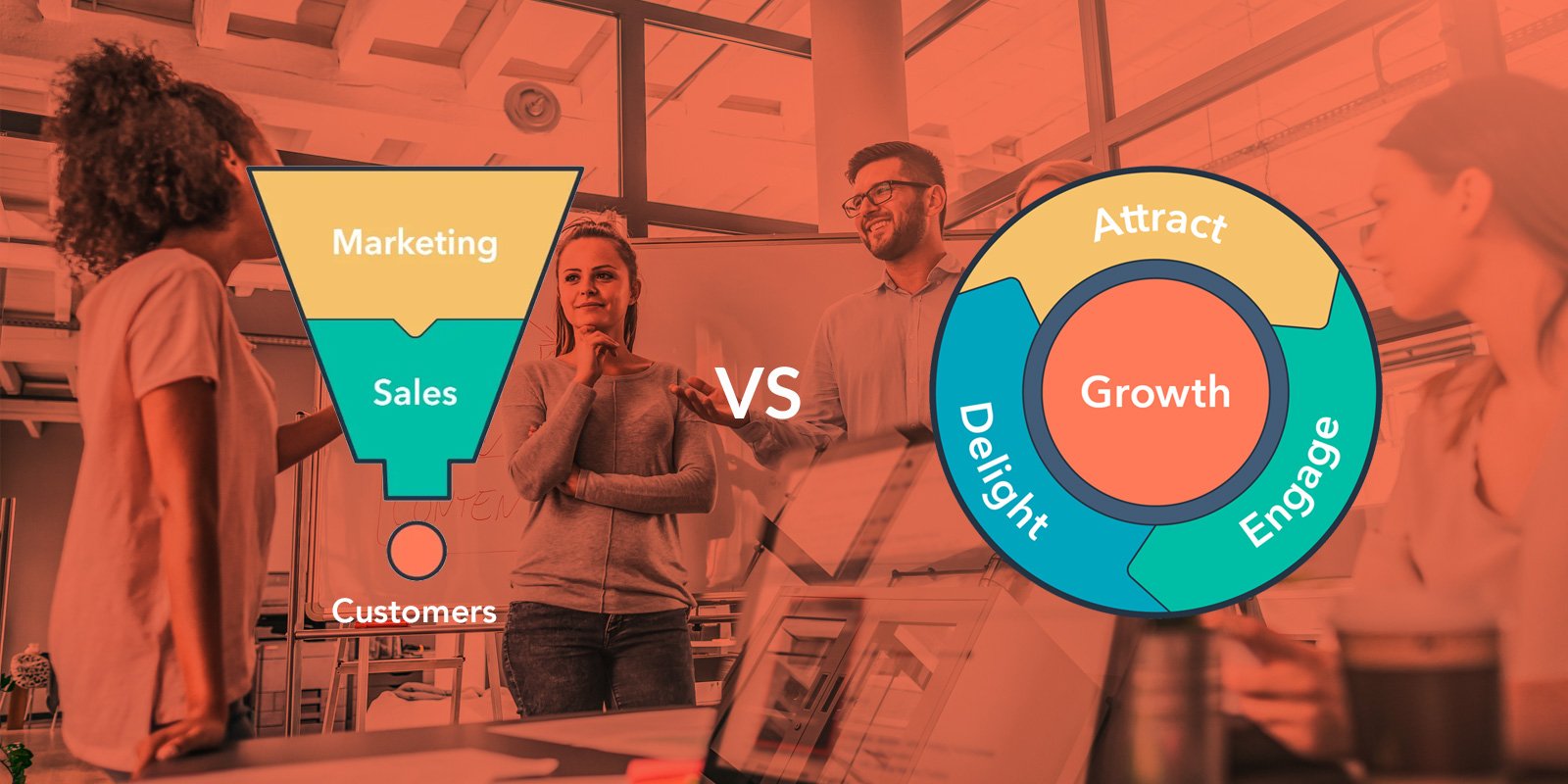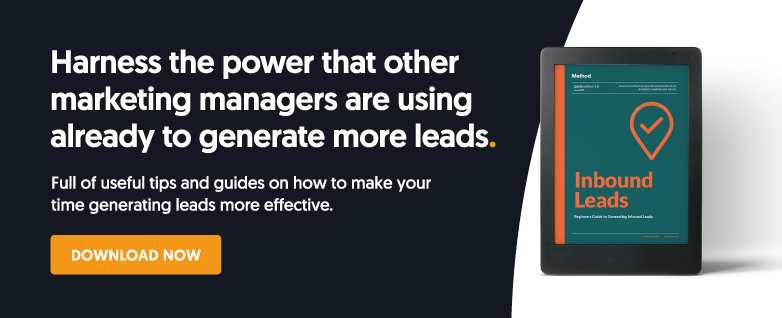Understanding and appreciating each element of behaviour within a buyer's journey is essential if a business is to maximise sales conversions and increase profits.
A thorough comprehension of the process that directs customers through a sales funnel to the ultimate purchase of a product, from interest, through consideration, to eventual conversion, can help a business to develop an effective marketing strategy. In the past, sales funnels were regarded as profoundly influential and dynamic marketing tools.
In modern marketing, customers have become more visible, individualised entities through the evolution of social media. Brand identification is a powerful tool and neglecting it is short-sighted and can reflect negatively on the brand. Repeat customers and evangelists are your most valuable asset. These consumers are far more likely to leave positive reviews, promoting your business via their social media accounts or word of mouth. Repeat consumers cost a business less money and take up less time and energy to convert to repeat sales and forge brand loyalty. Failing to recognise this is simply bad brand management. That's where the flywheel comes into play, enhancing the customer experience to allow products or services to evolve.
Here we discuss why it may be time to retire the sales funnel in favour of switching over to the modern flywheel method.
What is the funnel?
A sales funnel is a traditional sales process where you gather many prospects and funnel them through downwards towards a purchase whilst adding additional criteria until a few drop out at the bottom as customers. The shape of the funnel shows the process and number of opportunities at each stage.
A sales funnel will start with a large number of potential buyers at the top and will reduce in number to prospects by qualifying out the ones who aren't suitable or not interested in your product. Towards the middle of the customer journey these prospects reduce in number to a few opportunities and with the decision-making stage in action now a few leads will purchase or not.
Once the customer drops out of the funnel they sit there either making a purchase or walking away, this is an out dated way of working as marketing, sales and customer service teams need to keep engaging with these few.
What is the flywheel?
Marketing flywheels enhance how brands capture, store and release energy, reflected in increased traffic, lead conversions, sign-ups and brand identification. Through a comprehensive understanding of momentum and growth, the marketing flywheel model proposes methods to improve leverage and momentum with sales activity. In graphic terms, the customer sits at the centre of the wheel, with sales, marketing and other services structured around the periphery and with consumers' personal decisions and values informing how marketing strategies are structured.
Why should l use the flywheel?
As discussed previously, your customer's needs and importance should always be paramount and central to any sales and marketing process. Engagement is the new currency. Brand loyalty increases conversion and satisfaction and offers the chance to build more appreciative audiences, growing your brand identity innovatively whilst simultaneously moving audiences beyond the primary limitations of two-dimensional advertising opportunities.
Although the flywheel analogy gives the impression of a circular model, in truth, the wheel is related to perpetual forward motion, metaphorically progressing customers, through marketing, sales and service stages, ultimately establishing customer loyalty. From this point forward, the customer is appreciated and focused upon, allowing a refining process to occur, helping the audience to feel appreciated and valued. The more momentum a flywheel creates, the more momentum and growth your business will experience.
The Flywheel embraces an entirely new way of constructing your sales plan.
To move to a flywheel, you don't have to dismantle your sales process altogether. Rather, you need to rethink it. Remember, your focus using this strategy is to encourage repeat sales and brand identification. Work on refining an understanding of your buyer personas and educating yourself and the team about the drivers behind what inspires return custom. Once fully established and conveyed to your employees, strategies are capable of maximising additional sales. Imagine watching your customer queue for the tills, eager to make a purchase. Products surround them in the line, so these are opportunistic sales made as customers wait to be served. This is a sales approach in which opportunities are optimised whenever they arise. A company is better positioned for long-term growth if it works towards a strategic sales strategy characterised by a well-defined target market and potential user base.
Try to envision how a rewarding long term relationship can be nurtured. Subscriptions are a good example of this. Just like the sales funnel, the flywheel requires regular scrutiny and review. Recognise what inspires your audience, what drives click-throughs and purchases and incorporate this into your flywheel. The more you get to know what your consumers enjoy and need, the stronger your sales flywheel and the more successful your brand will become.





